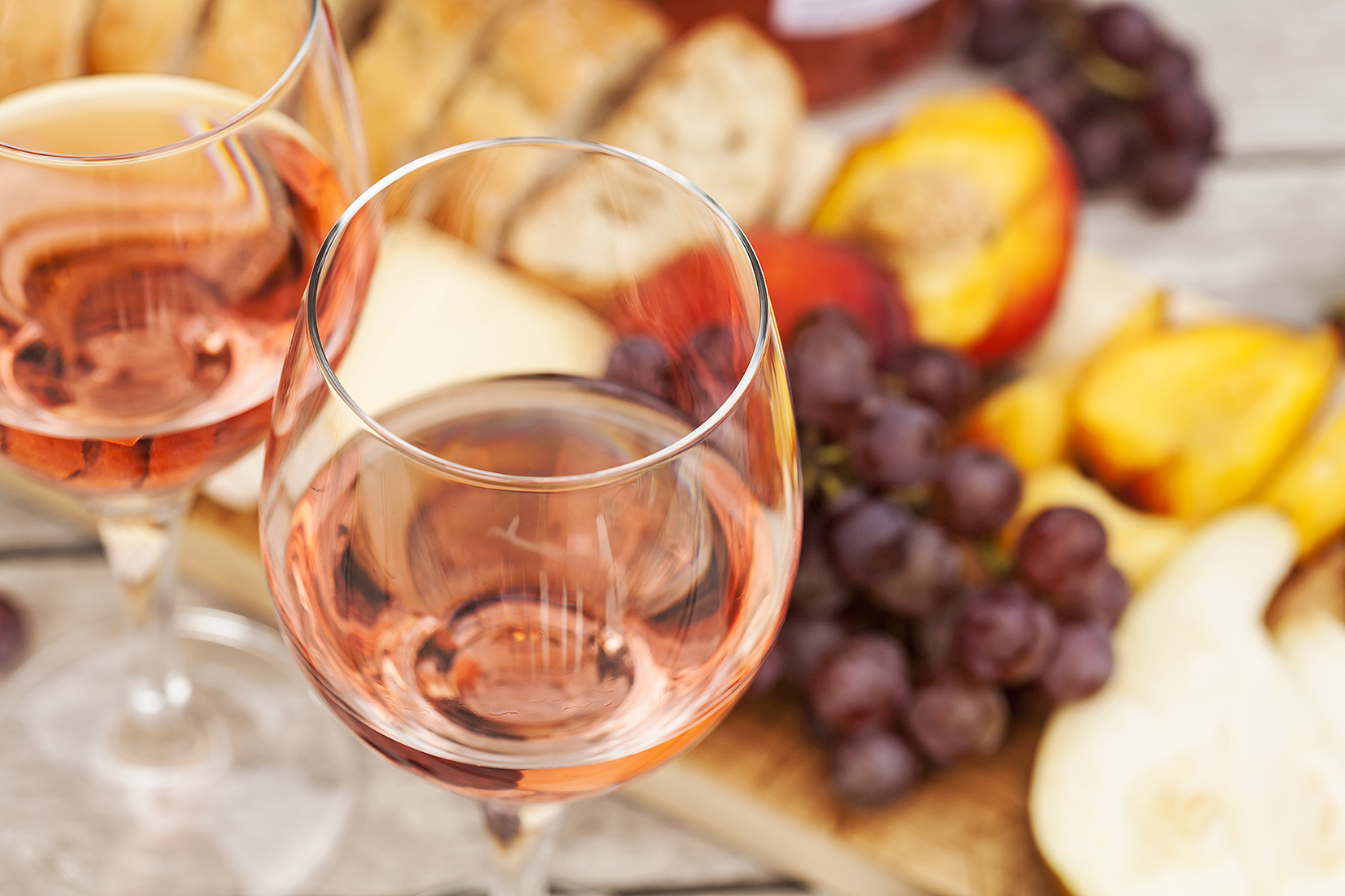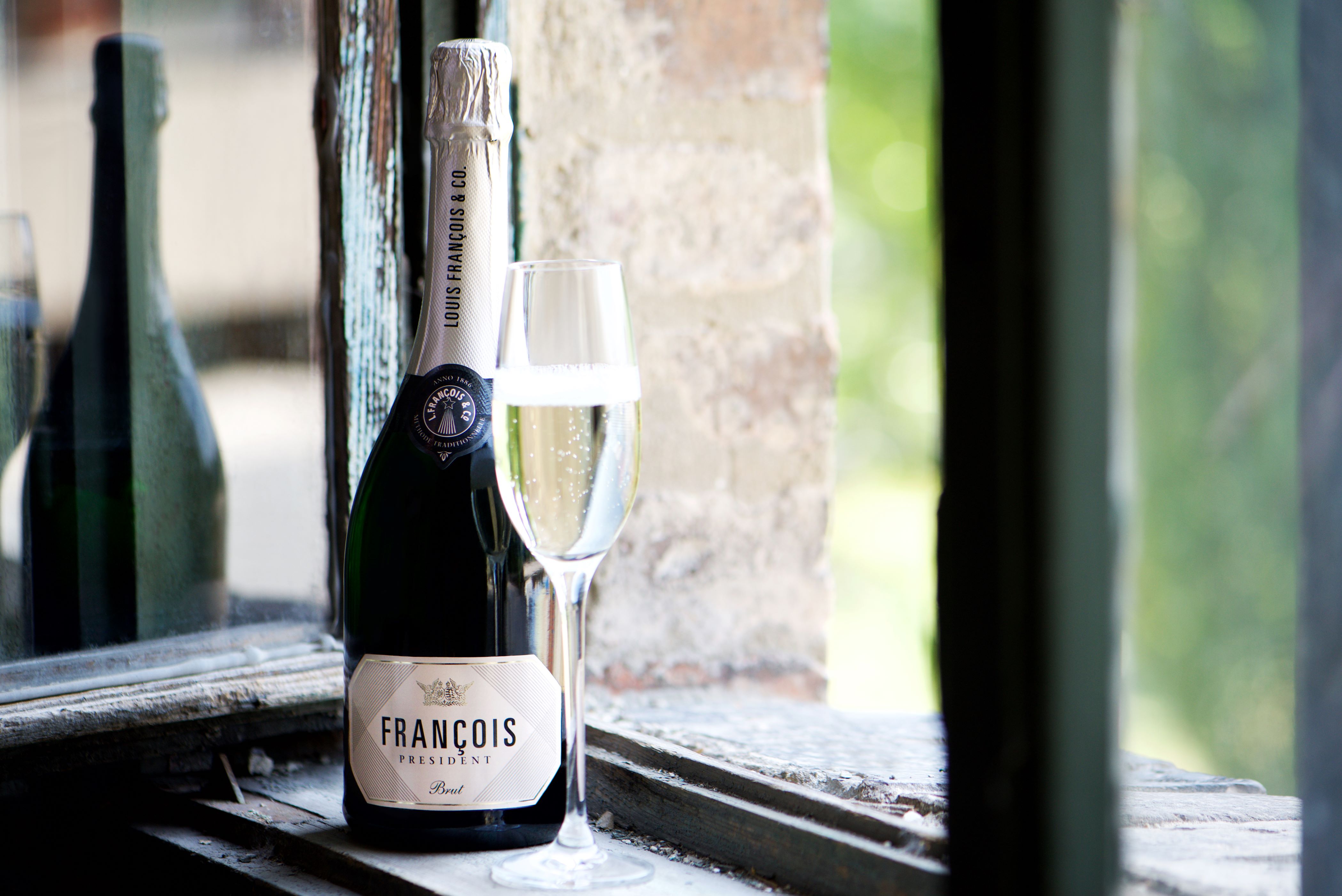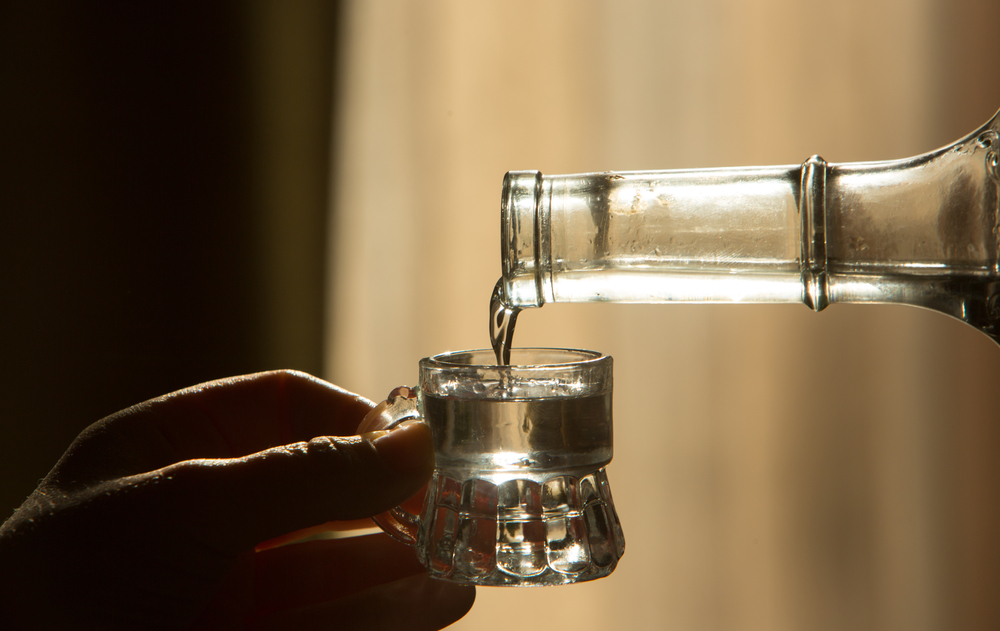Aromatic Whites and Vibrant Rosés for Summertime Sipping

Photo by Natalia Van Doninck / Shutterstock.com
Hungary is blessed with several light, airy, aromatic grape varieties that many of us might overlook in cooler conditions, but which can be a refreshing joy as temperatures soar and bigger wines fall flat.
Irsai Olivér is one such variety that many wine snobs turn their noses up at, but its pleasantly pungent white wine can be a revelation in the heat of summer. This crossing of the Csabagyöngye and Pozsonyi fehér grapes, created by Pál Kocsis in 1930, is what it is; a vibrantly aromatic grape that appeals to many consumers with its floral, fruity, Muscat-like, indeed summery, nose.
Irsai can offer much on the first whiff but let you down with what can be a disappointingly flabby palate, the taste of which can be gone in a second with no acidity to flesh out the length. However, when the balance is better, with good acidity to match the aroma, it can be fragrant, fruity, and fresh.
From Eger, Ostoros Irsai Olivér 2020 has got everything in the right place. This wine has a cooling, ethereal, and elegant quality, with crispy acidity and good fruit. It manages to deliver as much on the palate as on the nose; wines are, after all, to be drunk and not sniffed!
A genuine bargain at HUF 899 from webshop.ostorosbor.hu, it won a gold medal at the Berlin Wine Trophy, a competition that focuses on predominantly supermarket wines. Majority-owned by Gergő Soltész, Ostoros is showing excellent consistency at lower price points and hopes to build up to an output of six million bottles per year. Its premium wines are bottled under the Soltész label.
The very well-known Nyakas Pince from Zsambék in the Etyek-Buda region does one of the best Irsai Olivérs around, and the 2020 vintage is as good as ever, with likable lychee and grape notes.
Exciting Spiciness
Irsai Olivér is one of the parents of Cserszegi fűszeres, the other being Red Traminer. Crossed by Károly Bakonyi in 1960, Cserszegi frequently has the acidity that Irsai so often lacks, as well as an exciting spiciness; indeed, fűszeres translates as “spicy.”
At Garamvári Szőlőbirtok in the Balatonboglár wine region, it is a nice vinous experience to taste the large winery’s Irsai Olivér and Cserszegi fűszeres side by side (the 2020s are HUF 1,500 and HUF 1,515, respectively, from garamvariszolobirtok.hu). The latter is more restrained on the nose than the former but has a bit more zesty action on the palate. I’ll let you judge if it is worth the extra HUF 15!
From the upcoming Bükk region in the country’s northeast, Zsolt Sándor manages to coax seriously complex wine from the Cserszegi fűszeres grape, with his spontaneously fermented and lees-aged (for 14 months) Lou Lee 2018 (HUF 6,500 from sandorzsolt.com), which comes from the Csattos vineyard. Incidentally, another exciting wine is his rich and nutty Ezerfürtű, a crossing of Hárslevelű and Tramini.
Királyleanka is another aromatic white grape variety, known as Fetească regală in Romania, from where it originates. Etyeki kúria uses it as the base for a light, sparkling wine, Pláne Frizzante White, which also contains Zenit and Pinot Gris (HUF 2,250 from Bortársaság).
Made using what is sometimes disparagingly known as the “bicycle pump” method (pompe bicyclette in French), where carbon dioxide is added at bottling, Pláne Frizzante White is like a fruit salad in a glass with a deliciously creamy and gentle mousse.
Over in Eger, János Bolyki is also noted for his still Királyleánka, which is made solely in the tank and oozes primary grape and peach aromas and also a zesty grape soda palate. In 2020, he managed to harvest the grapes before the rain hit. It was vinified in his state-of-the-art new winery, built next to his original winery that’s strikingly located in a former rhyolite mine.
Rosé Party
Hungary is a strong producer of rosés, often based on the Kékfrankos grape, which brings vibrant red fruit and a zippy acidity to the party. A good example is Bolyki’s rosé 2020; in addition to the Kékfrankos, it also has Blauburger, Portugieser, and Merlot in the mix.
It oozes strawberries and has vibrant acidity that satisfyingly quenches the thirst. This salmon-colored rosé (HUF 1,890 from Bortársaság) features a large pink boot on the typically fun, creative, and colorful Géza Ipacs-designed label. As mentioned in my last column, the graphic designer has recently designed a new Eger logo for his hometown. Not surprisingly, it is based on a bull, given the region’s connection to Bikavér (Bull’s Blood), with a pair of contemporary-looking, sleek wings.
Egri Csillag, (Star of Eger), which in 2010 became the white equivalent of the red wine Bikavér, must be composed of at least 50% of Carpathian basin grape varieties, such as Olaszrizling, Hárslevelű, Leányka, Királyleányka, Zengő and Zenit. Aromatic varieties like Cserszegi Fűszeres, Zefír, Irsai Olivér, Tramini and Muscat Ottonel are limited to a maximum of 30%.
The Egri Csillág offerings of Bolyki and Tibor Gál in the Classic category from the 2020 vintage are currently drinking very nicely. The latter is composed of nine different varieties. “I believe in as many varieties as possible for Egri Csillag,” Gál tells the Budapest Business Journal. Both are available from Bortarsasag at HUF 1,750 and HUF 2,250, respectively.
Meanwhile, three rosés from the sandy soils of the Kunság have scooped gold medals at the prestigious French Le Mondial du Rosé competition. Interestingly, two of them feature the Néró grape variety: Frittmann Néró Rosé 2020 and Szentpéteri Borpince Cabernero 2020 (70% Cabernet Sauvignon, 30% Nero).
It is a hybrid variety that also incorporates other species of vines than the classic Vitis vinifera, often done to combat certain adverse growing conditions. Néró was created in 1965 by József Csizmazia, who coupled Eger 2 (also known as Villard Blanc) with Gárdonyi Géza. While hybrid varieties are often dismissed as inferior and lightweight, there’s something sexy about Néró.
The other gold from Hungary’s largest wine region went to Font’s Kunsági Cabernet Sauvignon Rosé 2020.
Light reds cooled down in the fridge can also make for pleasurable summer drinking, but the type of red is an important consideration. With its light tannins, spicy, fruity aromas and flavors, Kadarka is the ideal companion, but Portugieser is another good option, while lighter unoaked Kékfrankos can also be a good choice.

This article was first published in the Budapest Business Journal print issue of July 30, 2021.
SUPPORT THE BUDAPEST BUSINESS JOURNAL
Producing journalism that is worthy of the name is a costly business. For 27 years, the publishers, editors and reporters of the Budapest Business Journal have striven to bring you business news that works, information that you can trust, that is factual, accurate and presented without fear or favor.
Newspaper organizations across the globe have struggled to find a business model that allows them to continue to excel, without compromising their ability to perform. Most recently, some have experimented with the idea of involving their most important stakeholders, their readers.
We would like to offer that same opportunity to our readers. We would like to invite you to help us deliver the quality business journalism you require. Hit our Support the BBJ button and you can choose the how much and how often you send us your contributions.









